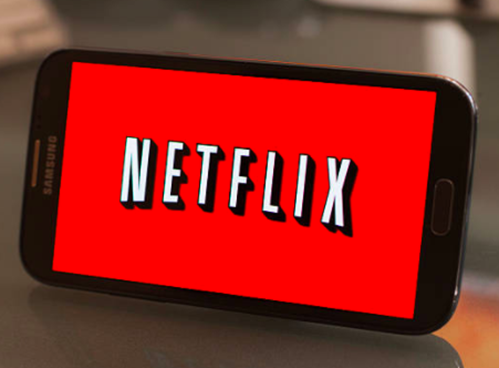Businesses are now fully onboard when it comes to understanding the value of big data. Once an abstract idea, it is now one of the hottest marketing technologies big businesses are investing in. Successfully analyzing big data can highlight hidden value within a customer base. By studying patterns and anomalies within large data sets, businesses can make extremely smart decisions about how they interact with – and target – their audiences.
Whilst big data is undoubtedly one of 2017’s main business talking points, there’s also another tool businesses are increasingly using: live video streaming. Forbes has highlighted how some early uptakers within the business world, including brands like Benefit Cosmetics who have used live video streams to broadcast product tutorials, tips and insights to their loyal followers, also having presenters chatting and answering audience questions. Big data is already an effective partner for video content marketing, allowing marketers to drill down into specific audiences, test ROI from different platforms, and go after easy wins in terms of using video content to drive traffic to a brand’s website. Visual data, especially when paired with social media, is here to stay. But what about live video analytics? And how do we make sense of and analyze livestreaming content?
Live video via social media is a great tool for brands
Marketing Land has indicated that brands love using Facebook Live because of the flexibility it brings. They can show fans “behind the scenes” content, such as how a product is made, while also offering live feedback and questions. For example, Airbnb teamed up with Disney to livestream interviews from stars of Disney’s The Jungle Book at the movie’s premier event. This content was streamed via Facebook Live to Airbnb’s brand page, giving fans and followers access to exclusive content.
Live feedback and data are paramount to the success of Facebook Live. It offers instant feedback and validation, allowing brands to track movements in viewership and tie that back to the events happening in the stream. Is the stream losing viewers for being low energy? Is there a particular segment where viewership spiked? The answers can all be hypothesized using Facebook Live’s video metrics. All in all, there are now over 50 million business pages live on Facebook, all with access to this feature.
Not all live video occurs on social media
Many brands are using live video outside of social media, utilizing different video streaming platforms and live video analytics software to get feedback on their efforts. For example, online gambling company Betway Casino have long made use of live video streaming within their live casino offerings, while Strexm provides video overlays to gamers who stream over Twitch. This enriches their stream with realtime data, such as follower and donation activity, providing a data rich experience to viewers. In the case of live casino, it’s essentially casino games broadcast over a webcam, with players being able to interact with live dealers. The idea is to offer a more realistic experience than playing a digital slot or card game. Casinos use RFID technology within playing cards to allow accurate information overlays to be applied to their video streams. This allows players at home to see exactly which cards are in play and is a form of live video analysis that adds to the overall experience. Producing information-rich streams is certainly a trend within live video streaming.
This reflects what research has shown. 62% of consumers are more likely to have a negative perception of a brand that publishes poor-quality video. On top of this, people are keen to engage with live video for the compelling content it potentially offers. 56% of the most-watched live video content comes from news outlets like the BBC, CBS, and ABC, which represents an interesting opportunity for these brands. With many traditional news and publishing websites facing monetization issues related to ad revenue, live video content could be the solution that keeps people their audience coming back for more.
Livestream analysis needs to improve to cope with the demand
Video content analysis is the next big thing in big data. It allows computer algorithms to break down video into data points, resulting in actionable feedback and data. Traditionally, analyzing video has been difficult, especially when dealing with large streams. However, livestream content analysis still isn’t great, especially from a marketing perspective. It’s non-existent on social media as the AI isn’t yet intelligent enough to offer in-depth data categorization and filtering. This is something Facebook Live has struggled with, with some unwanted content leaking onto its platform. Facebook’s response has been to hire 3,000 staff to watch, analyze, and perform quality control on Facebook Live streams. In time, the technology will catch up to meet demand, but it’s not quite there yet. For now, the human eye wins over AI.
This highlights the risks of live video. It can often go wrong and produce undesired effects. In fact, it’s been estimated that 15-30% of all livestreams involve some form of bad experience. Big data can help live video publishers understand if it’s worth the risk in the first place, and in some cases, assess the damage should anything go wrong.
Do you have some interesting live video and big data insights? Share them in the comments below.













